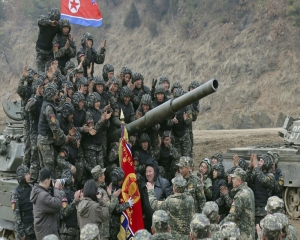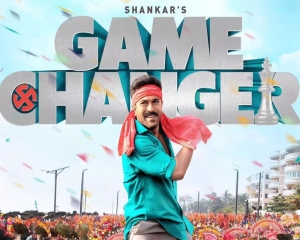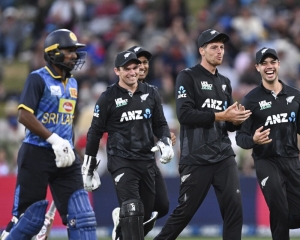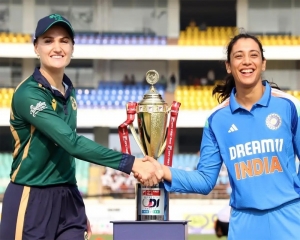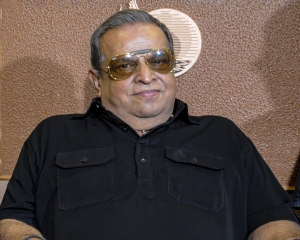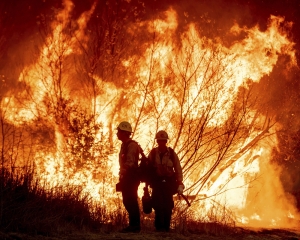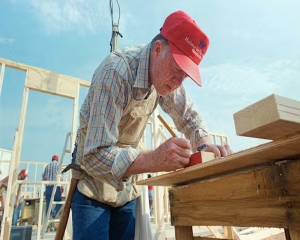We need an imaginative political paradigm to address the new socio-political reality rather than seeking the old elixir of caste based social justice
Following the release of the caste census results by the Bihar Government and the All India Congress Committee (AICC) support for the demand for a caste census, it appears that “caste” has regained prominence as the focal point of the electoral season.
While the Opposition (INDIA alliance) views “caste census” as their “Brahmastra” capable of breaking through the Hindutva fortress of the BJP, our Left liberal intelligentsia perceives it as the unfinished agenda of Mandal 1.0.
The fundamental rationale behind caste census is that it will provide empirical data to ensure representation of marginalised groups which have been left behind by the so-called “Mandal revolution”. However, the need of the hour is to look into the matter in a dispassionate manner without getting bogged down by the polarising rhetoric and the lofty ideals associated with this exercise.
During the establishment of our republic, the vision of the Constitution makers was to utilise the Constitution as a tool for “social transformation” in a society marked by evil issues such as patriarchy, casteism, communalism, and others.
At the same time, Constitution makers had the wisdom to ensure that instruments used to realise the ideal of an egalitarian society are not parochial in nature. Hence, they had the sagacity to use the word “backward class” instead of “backward caste” while mandating the State to provide equal opportunity in employment in Article 16.
Also “proportional representation” was rejected in favour of “first past the post system” on the grounds that it will promote communal consciousness in a country which has just been through the trauma of partition.
However in subsequent years the very crucial distinction between caste and class has been forgotten and our political class has been using the caste-based reservation as a simple solution to the very complex problem of social transformation of a feudal society towards modernity.
The Supreme Court in its judgment in Ram Singh vs Union of India case said, “Backwardness is a manifestation caused by the presence of several independent circumstances which may be social, cultural, economic, educational or even political. Owing to historical conditions, particularly in Hindu society, recognition of backwardness has been associated with caste.
“Though caste may be a prominent and distinguishing factor for easy determination of backwardness of a social group, this Court has been routinely discouraging the identification of a group as backward solely on the basis of caste.”
The SC has urged the State to focus on emerging backward groups like “third gender”. This observation is pertinent in the regard that while no one can deny the role of caste in the Indian social matrix , equating backwardness with caste alone and attempts to use “caste census” as a proxy for “proportional representation” are tantamount to undermining the wisdom of constitution makers.
While the bogey of “proportional representation” at the time of drafting of Constitution was rejected as an indirect attempt to smuggle “separate electorate” today the same bogey is used to invoke another type of parochialism of “casteism”.
Three decades since implementation of “Mandal commission” report provides ample proof that using caste as a unidimensional instrument has not only failed to provide a level playing field to the truly marginalised but it reinforces the existing social fault lines by concentrating the benefits of reservation within the “privileged backwards”.
Hence any meaningful conversation around social justice without addressing the intersectionality of caste, class, gender is futile.
The SC while adjudicating the Economic Weaker Section (EWS) case held that it is not the “formal” but “substantive” equality which was envisioned by the constitution makers.
It also held that “economic deprivation” should be taken into account in the discourse around “equality”. The EWS reservation is passed through Parliament by an overwhelming majority which shows political consensus in broadening the spectrum of reservation from 1990 to 2019.
Making the discourse of backwardness centred only on the issue of caste is to take the wheel of social revolution backwards.
After seven decades of Independence and three decades of economic reforms, the time has come to expand the discourse around substantive equality by taking into account factors like digital poverty, LGBT discrimination, degree and quality of urbanisation etc.
If the causality of backwardness is multidimensional how can its remedy be unidimensional located only in caste, hence “caste census” and subsequent “proportional representation” thus it can only be a cosmetic exercise by providing an easy way out for political class using the rhetoric of social justice.
Both the Backward Class Commission was constituted in 1952 and 1978 in the pre-liberalisation era. In the 90s Indian society took a leaf of faith by embarking on the path of economic reforms which has qualitatively altered the character of our society.
These economic reforms have been sustained by a political consensus by every type of political combination at both central and state level.
Hence there is a fundamental contradiction between demands of “caste census” by the Congress and the new reality of Indian society which itself is the product of policy of the Congress party. Hence today we need an imaginative political paradigm to address the new socio-political reality rather than seeking the old elixir of caste based social justice.
(The writer, a BTech from IIT Delhi, is Karyakarini Sadasya, BJP Delhi Poorvanchal Morcha)













